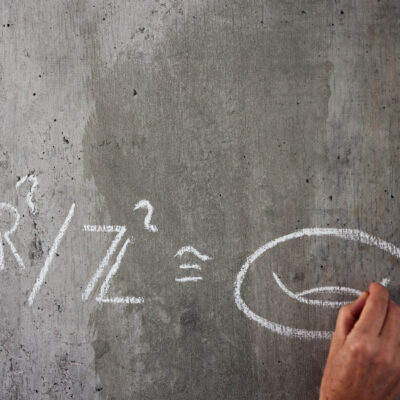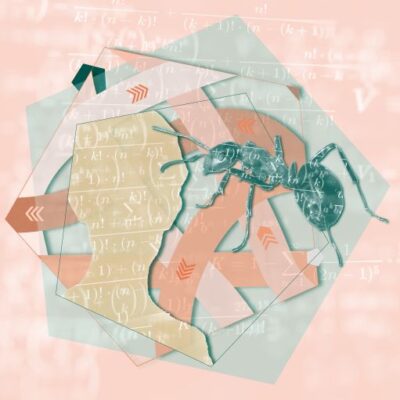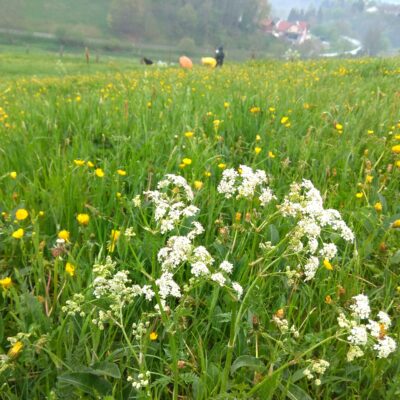Around 70 mathematicians will be meeting this Wednesday, 1 February, at the University’s Center for Interdisciplinary Research (ZiF). The occasion is the founding of the Collaborative Research Centre/Transregio ‘Integral Structures in Geometry and Representation Theory’ (SFB/TRR 358). The network run by Bielefeld University and Paderborn University began its work at the beginning of January. A special feature of its research: the examination of integral structures brings together different subfields of mathematics. The lectures in the programme of the opening colloquium address the new approach taken by the Collaborative Research Centre.
In their welcoming addresses, Professor Dr Birgitt Riegraf, President of Paderborn University, and Professor Dr-Ing. Gerhard Sagerer, Rector of Bielefeld University, will report on what the Transregio means for the cooperation between the two universities in Eastern Westphalia. The network is the second joint Transregio linking the two universities.

© Bielefeld University/S. Jonek
The first lecture will address the main features of the new transregio
Integral structures are treated in, for example, the mathematical disciplines of geometry, analysis and representation theory. In geometry, for example, they occur, among other things, as tessellations — surface or space coverings with shapes, or ‘tiles’, arranged symmetrically and without any gaps in a repeating fashion, which can result in complex multi-dimensional patterns.
In his lecture, Professor Dr Kai-Uwe Bux from Bielefeld University, an expert in group theory and geometry, will explain how the scientists in the new network will proceed in order to fathom integral structures. Bux is the spokesperson for Transregio 358, his deputy is Professor Dr Igor Burban from Paderborn University.
In the next lecture, Professor Dr Bernhard Keller from the University of Paris Cité (France) will deal with the Donovan–Wemyss hypothesis and use it to show how the mathematical subfields of algebra and geometry are connected.
Professor Dr Anke Pohl from the University of Bremen will explain how spectral theory can be applied to the research subject of the Transregio.
Professor Dr Matthew Morrow will address what has been at times a neglected theory in algebra. The scientist comes from the University of Paris-Saclay (France) and the French national research organisation CNRS.
‘When inviting the guest speakers, we made sure that they came from different subdisciplines so that the colloquium will offer a multifaceted overview of the topics of the Transregio,’ says Professor Dr Claudia Alfes-Neumann from Bielefeld University. And her Bielefeld colleague Professor Dr Charles Vial adds: ‘We are delighted to be able to attract three internationally renowned guest speakers.’ Claudia Alfes-Neumann and Charles Vial organized the colloquium together with Elena Tielker, the coordinator of the Collaborative Research Centre.




